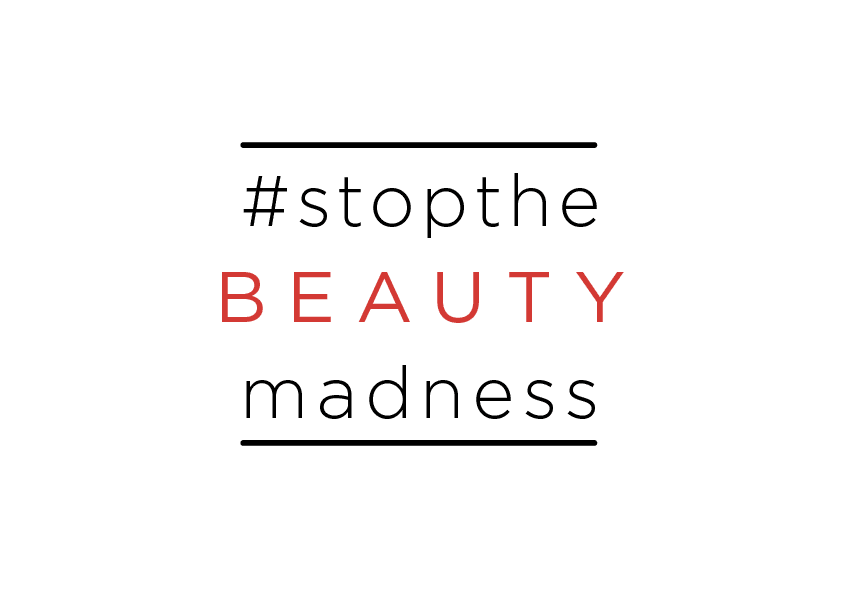Many of us might shudder at the thought of applying a chemical peel, with a few picturing Sex and the City’s Samantha Jones’s infamously red-faced results that she tried to keep hidden at Carrie’s book launch. Thankfully, peels — and our understanding of them — have come a long way since then. In fact, many formulas have proven to have the power to smooth, brighten, and clear up our complexions (without irritation!) as they target a number of skincare woes. These range from acne, uneven tone and texture to fine lines and wrinkles.
As appealing as they may seem, they still come with some risk — and not just for sensitive skin types. Complexions of color, especially tones that experience hyperpigmentation following a bad breakout or other damage, could make those dark spots and melasma much worse. Even though that’s the exact opposite function that peels are supposed to have, it’s a possibility because of the concentration of the acids used. “The chemical the peel is based on is less important than the depth the peel is designed to exfoliate to, explains New York City-based, board-certified dermatologist Dr. Maryann Mikhail.
So, yes, there’s literally levels of depth when it comes to peels. According to Dr. Kefele Hodari, a California-based dermatologist who specializes in skin of color, there’s three categories based on the acid’s penetrating prowess. “The most important thing is for patients to start with a lower-strength Chemical Peels For Deeper Skin Tones and titrate up as tolerated, he says.
Chemical Peels For Deeper Skin Tones
Level 1: Superficial
Superficial peels are usually the first line of defense as they are the lightest in strength. They stay close to the surface, only permeating the outer layer of skin to help tackle pore size and oil production. Superficial treatments typically contain a low concentration of lactic acid, glycolic acid, salicylic acid, and/or other alpha hydroxy acids. The percentage usually ranges from 10 percent to 30 percent.
Neutralizers are an essential component of chemical peels: they are designed to cancel out the exfoliating powers of the acids, helping to reduce the risk of side effects. In the superficial peel category, they’re included either within the same formula or in a separate one included in the kit (so you’ll never be without this crucial aspect). Because this peel type is not too invasive, it is the level of resurfacing best suited for skin of color.
- It gently softens + lightly moisturizes for comfortably clean skin
- Creamy, hypoallergenic foaming power cleanser
Superficial peels are also the type that you’d spot in the skincare aisle. Some of our top picks include Dr. Jart+ DermaclearTM Micro Milk Peel ($20), which combines lactic and salicylic acids to gently slough off dead skin without drying it out in the process, Drunk ElephantTM T.L.C. Sukari BabyfacialTM($80), which blends AHAs and BHAs with soothing antioxidants to keep skin calm, and Dr. Dennis Gross Skincare Alpha Beta® Ultra Gentle Daily Peel Packettes ($88) whose blend of acids are gentle enough to apply every evening.
Even SkinMedica® Vitalize Peel®, an in-office treatment featuring a salicylic acid and lactic acid mix in addition to a separate retinol solution, fits into this category, and it’s a favorite of Mikhail’s. “This peel works well for hyperpigmentation and overall brightening,” she says. It is appropriate for all skin types and self neutralizes, which means it does not require an additional step to deactivate the acid solution.
Level 2: Medium
If you’re interested in upping the ante a bit, try a medium peel. These typically use a higher concentration (usually 20 percent to 50 percent) of glycolic acid. Alternatively, they could contain low-to-medium-strength trichloroacetic acid (TCA) at 10 percent to 30 percent. This category is designed to deliver many of the same benefits of a superficial peel, plus the promise of even brighter skin and smoother-looking wrinkles. These types of peels are typically only available at your dermatologist or a licensed esthetician office.
No products found.
This is also where things begin to get a little dicey if you have a deeper complexion. A 2016 study in the Journal of Dermatology and Dermatologic Surgery found that skin of color is more prone to painful side effects, including, scabbing, blistering, scarring, and more hyperpigmentation from TCA peels, which are used to balance an uneven tone in the first place.
These risks can be compounded if you try an even more aggressive peel from the third category: deep.
Level 3: Deep
Deeper peels consist of either a higher strength TCA or phenols, which are meant to address serious sun damage and rough scarring. They can also address deep wrinkles in one treatment from a licensed professional. Expect lots of swelling, redness, and possibly literal peeling, requiring between five to 1o days of downtime (so, likely what Samantha was subject to on STC).
It’s also why derms steer patients of color towards other treatments like microneedling and POC-friendly lasers instead. “Patients with skin of color should stay away from all ‘deep’ peels of any sort and should be careful with ‘medium’ depth peels, Mikhail warns.
Pre- and Post-Care
- ANTI-AGING RESURFACING PADS: A gentle yet effective treatment that exfoliates and moisturizes the skin, reducing the appearance of fine lines and improving texture. They encourage smoother looking skin without irritation.
- BOOSTED WITH VITAMINS B5, C & E – Powerful antioxidants that will leave your skin fully hydrated and that will help repair photo-damage from UV rays.
The experts agree: it’s best to discuss this treatment with your derm or licensed esthetician to make sure what you’re getting is safe for your skin type. Having a treatment plan in place prior to the first application is also key to avoiding any irritation. “Pre- and post-procedure instructions are especially important for skin of color patients, Dr. Mikhail advises.
Before your professional peel, Dr. Mikhail notes that you should stop using any products that contain glycolic acid, salicylic acid, or retinoids at least a week before the treatment. Hodari agrees, pointing out that some providers will have patients pre-treat with a skin-brightening product formulated with over the counter hydroquinone a few weeks prior to the peel in order minimize the risk of post-inflammatory hyperpigmentation (PIH).
And aftercare is even more important, as the acids can leave your skin more vulnerable to damage. That means you need to be extra gentle to your skin while it heals — in other words, no picking!
As your complexion recovers, it’s recommended to use mild cleansers and moisturizers as well as slathering on loads of broad-spectrum sunscreen, as most acids leave you extra sun sensitive. You should also wait two to five days before resuming use of retinoids or other abrasive products, and one to four weeks between peels to avoid irritating the skin.
That way, all you have to do is get up and glow once you’re healed. But regardless of which formula intrigues you — whether in-office or off the shelf — you’re bound to find the peel for you and your skin tone. Just consult with your dermatologist first!



